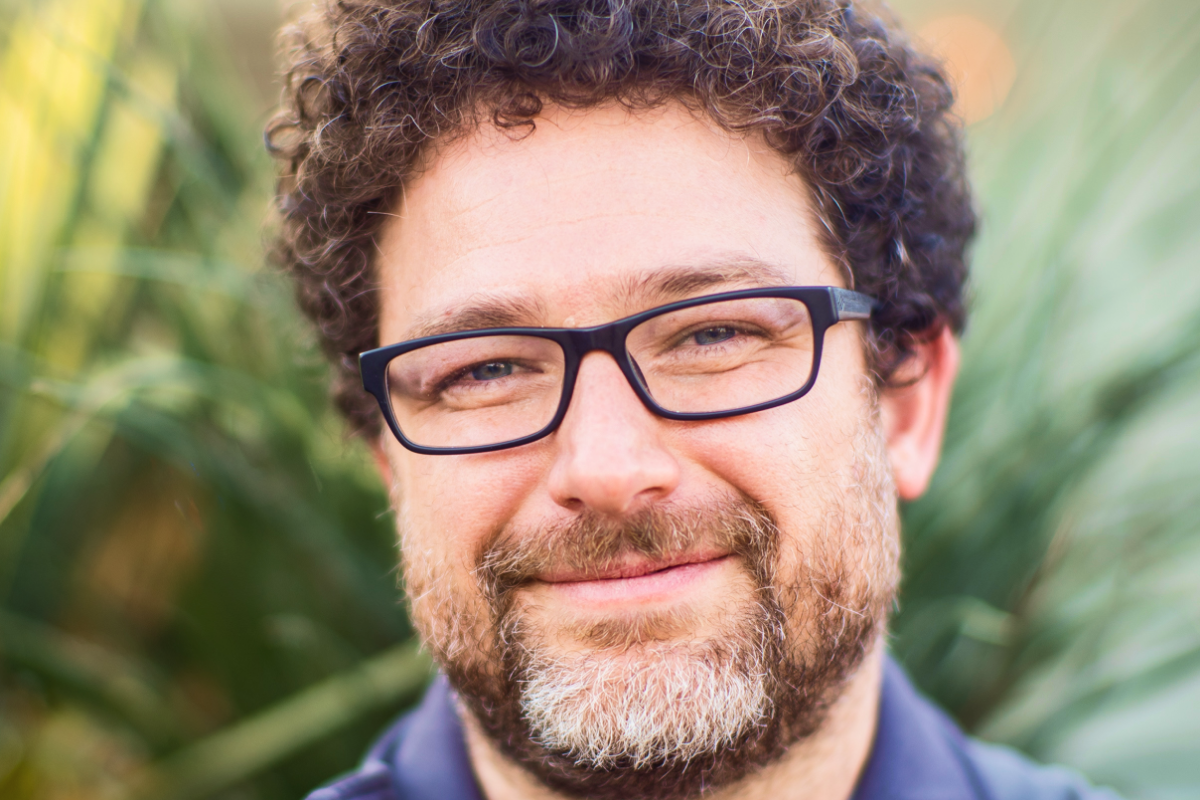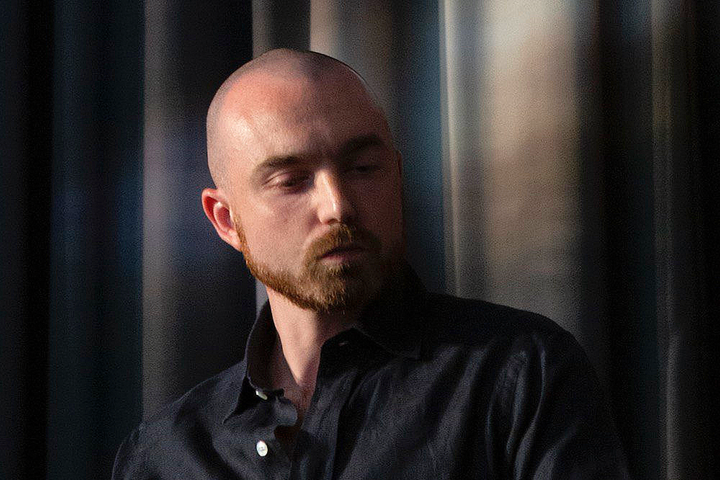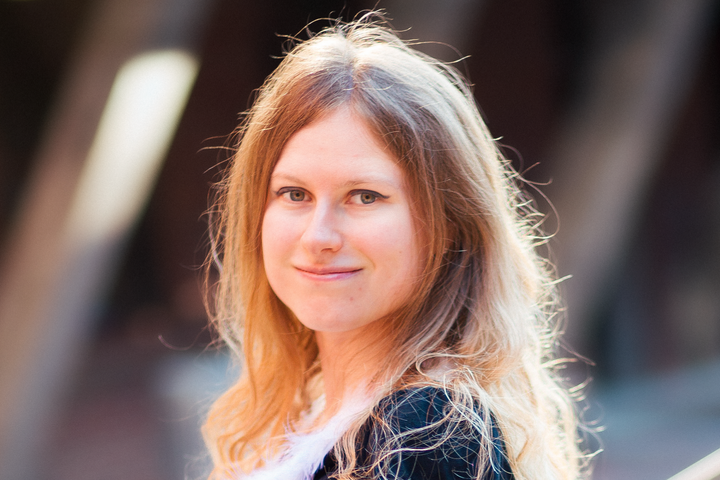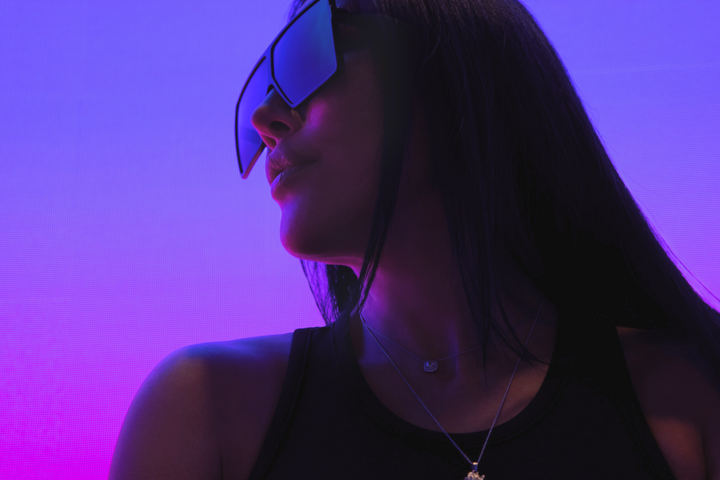Erick Calderon on Art Blocks, Generative Art, and Digital Curation

Erick Calderon is a Houston, TX based blockchain entrepreneur fully immersed in the NFT space. Erick has dedicated himself to exploring functional use cases for NFT technology, specifically in the art sector. In November of 2020 these explorations culminated in the development and subsequent launch of the generative art NFT platform, Art Blocks, and the release of his own NFT project, the Chromie Squiggle.
Sonia Stubblebine: How do you see the value of generative art for both artists and collectors?
Erick Calderon: To begin with, any discussion of generative art requires an acknowledgment of the essential role that craftsmanship plays in the creation of a truly exceptional project. Just as a sculptor must possess the necessary skill and expertise to bring their vision to life, a generative artist must demonstrate a similar level of technical proficiency and compositional ability on a digital canvas.
Moreover, the nature of generative art necessitates a unique level of variability, further underscoring the importance of skilled craftsmanship in this field. While digital mediums may be seen as less conducive to the expression of soul, the challenge of imbuing generative art with a meaningful essence is, in fact, a particularly difficult one. In many ways, it is more challenging to infuse soul into a digital piece than into a traditional watercolor painting. The ability to convey a sense of soul through digital media is an incredibly beautiful thing, and the impact of generative art on the viewer can be profound. Ultimately, generative art represents an exemplar of craftsmanship within the digital medium, encompassing a range of tools and techniques such as Photoshop, AI, and everything in between.
On the other hand, the ability of an artist to create a singular piece or a series of thousands provides a means of engaging in a broader conversation with a larger audience, conveying the essence of soul, love, and passion in a manner that would have been arduous to achieve otherwise. I think that there's something really powerful about giving everybody something that's unique to them. Such outcomes are not achievable without the help of generative art or generative AI and the implementation of contemporary technologies.
Sonia Stubblebine: How would you define customers of Art Blocks - collectors of generative art?
Erick Calderon: The persona of a crypto art collector is diverse and encompasses a broad range of people. It includes those who have always had an interest in art, those who developed an interest in art after entering the crypto space, and those who are solely focused on making a profit. All of these individuals have a place in the ecosystem, and everyone is entitled to participate.
While we appreciate it when people who are genuinely passionate about art participate in the space, it's essential to acknowledge that technology is a double-edged sword. It's impossible to embrace the benefits of technology without recognizing the potential downsides.
Despite the risks, many people have entered the space and become passionate collectors of not just digital art but generative art as well. The most important thing is to determine the number of people who are new to the space and are becoming more interested in art and engaging in dialogues with artists, especially those who would have never had the chance to do so otherwise.
Many people came in from the video game world, and entering Discord was their first significant step into the crypto art ecosystem. Thousands, if not tens of thousands of people who were once solely playing video games or speculating on digital assets have now become more interested in art, its future, and its place in the digital realm.
In summary, the persona of a crypto art collector is diverse and hard to identify, but everyone plays a part in the ecosystem. It's essential to acknowledge the risks and benefits of the technology, but ultimately, the number of people who have entered the space and become passionate about art is what matters most.
Sonia Stubblebine: What are the Curated Collections at Art Blocks and what differentiates them from the non-curated ones?
Erick Calderon: The difference between a curated work and a non-curated work on Art Blocks may not be significant in terms of the medium used. However, the curated works tend to push the boundaries of what is possible with code, inspiring others to create digital generative art that is equally innovative. We believe that it would be unfair to release any work on Art Blocks that is not worthy of being called art. While we love every piece that we release, the curated works are those that stand out as innovative, refreshing, and new. They broaden the practice of generative art and elevate the art form as a whole. This is the primary role of our curatorial board: to distinguish and select the pieces that inspire, innovate, and push the boundaries of what is possible in generative art.
Sonia Stubblebine: What is the Curatorial Board at ArtBlocks and what role does it have?
Erick Calderon: The Curatorial Board was established just a few weeks after launching Art Blocks back in 2020. However, toward the end of last year we upgraded it by creating a structured approach to the board. We started identifying each member's background and expertise, so we could understand what they could contribute to the conversation. I love that our Curatorial Board is diverse, comprising art collectors, art institutions, and even individuals new to the art world like myself. Everyone on the Curatorial Board has a voice and can contribute to the curation of artworks on Art Blocks.
Sonia Stubblebine: How do you see the role of a curator for generative art?
Erick Calderon: I think a lot of people agree that one of the things that is missing the most in the digital art space is critique. Curators are instrumental in identifying unique aspects of an artwork and evaluating it beyond its visual appeal.
We have seen an explosion of people that have demonstrated curiosity toward the digital medium, the generative medium, even before Art Blocks existed. I believe we need to incentivize people to dedicate their time. So we need to make sure that they are incentivized to continue to curate, to continue to have dialogue about the art. In order to do that, we have to provide great art.
It is crucial to have a broader audience of curators who can provide critique, influence what platforms release, and amplify voices within the digital art space. With more curatorial and critical voices, we can enhance the growth and development of digital art moving forward.
Sonia Stubblebine: What aspects of generative art do you find interesting?
Erick Calderon: One of the aspects that interest me is the idea that an artist can create a body of work that can be identified as their own, especially with code. This can be challenging since code is often perceived as soulless, but when an artist's hand is visible in generative work, I admire that. The hand of the artist is something that we've seen as a very powerful theme in art history over time.
I also want to touch on conceptual art. When we look at generative art as pixels on a screen, it can be seen as an example of fine art. However, the real power comes from the process itself. This includes things like the minting process, the community formed around the artwork, and the message that is conveyed. You don't have to be a masterful coder to create something that is generative and compelling. Sometimes, all it takes is having a message that makes people think and stop to consider its meaning. This is what makes conceptual art so powerful—it's not just about creating something visually beautiful but also about creating something that evokes thought and emotion.
Overall, when you combine the technical skills of coding with artistic expression, the possibilities are endless. With generative art, an artist can create something that not only stands out as their own but also engages with the community and sparks conversations.
Sonia Stubblebine: What is your take on the future of generative art?
Erick Calderon: It is evident that AI will have a significant impact in the future. Whether it is AI or generative or a combination of both, I believe that the future will provide humans with a sense of individuality within a larger community.
In the future, people will crave owning something that is unique to them, but that also contributes to a larger narrative and community. What this will look like is difficult to predict, but I am certain that it will be transformative. It's an exciting time for the art world, and I can't wait to see what comes next.



